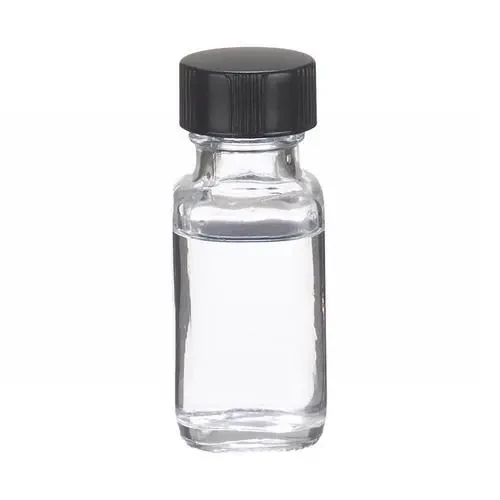The Importance of Active Ingredients in Pharmaceuticals
In the realm of pharmaceuticals, active ingredients are paramount. They are the core components responsible for the therapeutic effects of medications. Understanding what these substances are and how they function is crucial for patients, healthcare providers, and the pharmaceutical industry alike. This article delves into the definition, significance, sources, and regulatory aspects of active ingredients in pharmaceuticals.
What Are Active Ingredients?
Active ingredients, often abbreviated as APIs (Active Pharmaceutical Ingredients), are the biologically active components in a drug that produce the desired therapeutic effect. They can be derived from natural sources, such as plants or animals, or they can be synthetically manufactured. For instance, morphine is an active ingredient derived from the opium poppy, while synthetic drugs like ibuprofen are chemically produced. Regardless of their origin, the primary role of these compounds remains the same to interact with biological systems to alleviate symptoms, cure diseases, or optimize health.
Significance in Therapy
The therapeutic effectiveness of a pharmaceutical product is largely determined by its active ingredient. Each API is meticulously developed to target specific pathways in the body. For example, antihypertensive medications like lisinopril work by inhibiting the angiotensin-converting enzyme, leading to lowered blood pressure. Similarly, antibiotics, such as amoxicillin, function by targeting bacterial cell wall synthesis, preventing the growth of harmful pathogens.
Moreover, the potency, safety, and efficacy of drugs heavily rely on the precise formulation and concentration of these active ingredients. Incorrect dosages or formulations can lead to diminished effects or, worse, adverse reactions. Therefore, rigorous testing during drug development is essential to determine the appropriate dosages and potential side effects associated with each active ingredient.
Sources and Development
active ingredient in pharmaceutical

The sourcing of active ingredients can vary greatly. Traditionally, many APIs were isolated from natural sources, involving extensive research to identify effective compounds that could be extracted and used in medicine. With advances in synthetic chemistry, however, many active ingredients are now manufactured in laboratories, providing a more controlled and replicable means of production.
The development of new active ingredients typically involves a multistage process that includes discovery, preclinical testing, and clinical trials. During the discovery phase, researchers investigate potential compounds that might demonstrate biological activity against specific targets. Follow-up preclinical studies assess the compound's safety and effectiveness in vitro (in the lab) and in vivo (in live organisms). Successful candidates then undergo rigorous clinical trials across multiple phases to validate their safety and efficacy in humans before receiving approval from regulatory authorities.
Regulatory Oversight
Given their critical role, active ingredients are subject to stringent regulatory oversight. Authorities like the U.S. Food and Drug Administration (FDA) and the European Medicines Agency (EMA) require extensive data to substantiate the safety, purity, and potency of APIs. Manufacturers must comply with Good Manufacturing Practices (GMP), which are designed to ensure that products are consistently produced and controlled according to quality standards.
Additionally, the regulatory landscape for active ingredients is continually evolving. Emerging trends, such as personalized medicine and biologics, are reshaping how APIs are developed and assessed. For example, targeted therapies often require unique active ingredients tailored to specific genetic profiles, necessitating adaptable regulations to accommodate these innovations.
Conclusion
Active ingredients are the lifeblood of the pharmaceutical industry, driving the effectiveness of medications that millions rely upon each day. Understanding their importance informs better decision-making among healthcare providers, enhances patient education, and propels further research and innovation in drug development. As science advances and new therapies emerge, the role of active ingredients will undoubtedly continue to evolve, but their foundational importance in health and medicine will remain unchanged.

